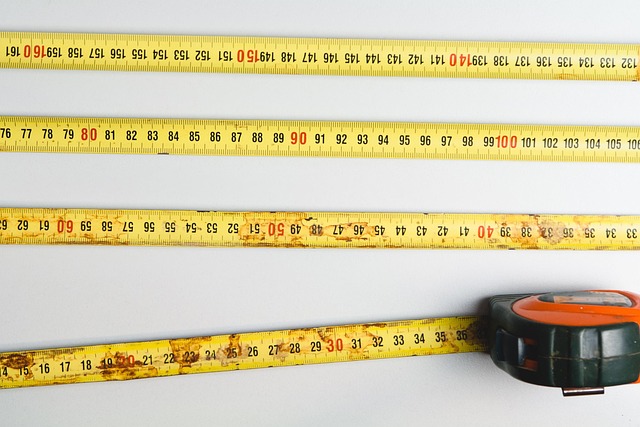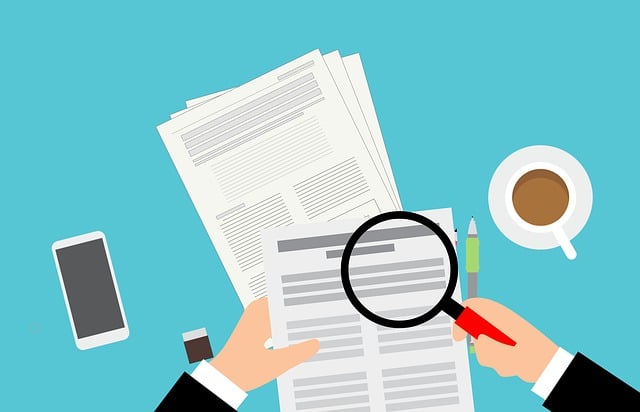Maintaining data accuracy through regular self-checks is essential for preserving record integrity and preventing operational inefficiencies, misinformed decisions, and potential legal issues. This process involves scrutinizing financial records for red flags like unauthorized transactions, identifying common errors such as typographical mistakes or inconsistencies, and cross-referencing data against original sources to ensure validity. A systematic approach with checklists, beginning from scratch, and seeking feedback helps catch missed nuances, fostering accountability and enhancing overall data stewardship within organizations.
In today’s digital era, ensuring data accuracy is paramount for individuals and businesses alike. Mistakes in financial records can lead to severe consequences, from missed opportunities to legal issues. This article guides you through the process of identifying red flags in your own records. We’ll explore common errors, provide steps for a thorough self-check for accuracy, and emphasize the understanding of data integrity’s importance. By following these insights, you’ll be well-equipped to maintain flawless financial documentation.
- Understanding the Importance of Data Accuracy
- Identifying Red Flags in Financial Records
- Common Errors to Look Out For
- Steps to Ensure a Self-Check for Accuracy
Understanding the Importance of Data Accuracy

Maintaining data accuracy is paramount in ensuring the integrity and reliability of your records. A simple self-check for accuracy can reveal potential errors or inconsistencies that might go unnoticed otherwise. This proactive approach is essential, as inaccurate data can lead to misinformed decisions, hinder operational efficiency, and even result in legal complications. By regularly scrutinizing your data, you can identify outliers, verify sources, and cross-reference information to ensure its validity.
Data accuracy is the cornerstone of effective record management. It ensures that the information you rely on is not only up-to-date but also free from alterations or manipulations. Embracing a culture of self-checking for accuracy empowers individuals within an organization to take ownership of data quality, fostering a sense of accountability and enhancing overall data stewardship.
Identifying Red Flags in Financial Records

Regularly reviewing your financial records is a crucial step in identifying potential red flags that might indicate issues or errors. A thorough self-check for accuracy can reveal discrepancies, unexpected charges, or unusual spending patterns. By examining each transaction closely, you can ensure that your records accurately reflect your financial activities. Look out for any unauthorized transactions, unexpected fees, or significant changes in spending habits that could be signs of identity theft or financial mismanagement.
Paying attention to details such as dates, amounts, and descriptions is essential when conducting this self-check. Compare the information with your bank statements, credit card bills, and other relevant documents to cross-verify. This process empowers you to take immediate action if any red flags are raised, helping to protect your financial well-being and maintain a clear understanding of your monetary affairs.
Common Errors to Look Out For

In conducting a self-check for accuracy, it’s crucial to be vigilant about several common errors that can creep into records over time. Typographical mistakes, such as misspelled names or incorrect dates, are easily identifiable but can have significant implications. Double-checking data against original sources and cross-referencing with other records is essential to catch these. More insidious are inconsistencies in formatting or record-keeping practices; for instance, inconsistent use of capitalization or varying date notations (e.g., MM/DD/YYYY vs DD/MM/YYYY) can lead to confusion and errors.
Another area to focus on is the presence of missing or incomplete information. Records may be missing crucial details like addresses, occupation, or family members, which can hinder accurate interpretation. Additionally, look out for contradictions within the same record. Discrepancies in accounts, dates, or personal details could point to potential errors, fraud, or altered records. Regularly comparing these against reliable external sources helps ensure the integrity of your data.
Steps to Ensure a Self-Check for Accuracy

To ensure a thorough self-check for accuracy, start by meticulously reviewing your records from scratch. Go through each entry, double-checking dates, names, and numbers against original sources or cross-referencing with other reliable documentation. This initial pass helps identify any obvious discrepancies that may have been overlooked in routine checks.
Next, employ a systematic approach. Use a checklist to mark off confirmed details and flag potential errors for further scrutiny. Cross-verify information across different sections of your records to ensure consistency. Finally, seek feedback from trusted sources or colleagues with relevant expertise. A fresh perspective can often spot nuances that might have been missed during an individual review.






